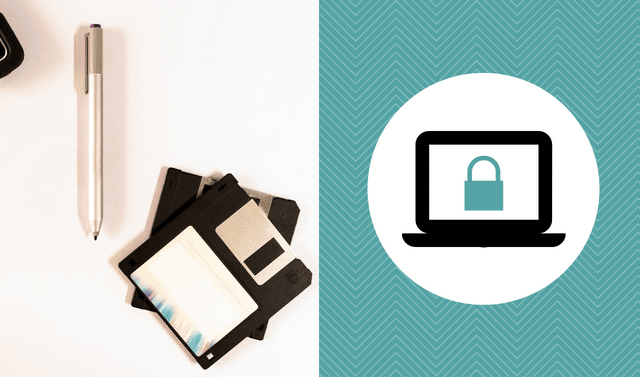Sign up for the Family Tree Newsletter! Plus, you’ll receive our 10 Essential Genealogy Research Forms PDF as a special thank you.
Get Your Free Genealogy Forms
"*" indicates required fields
Does a pile of papers and pictures stand between you and your dream of a digitized family archive? Digitized files are easier than their paper counterparts to share with relatives, back up, and turn into a family history book one day.
1. Not sure where to start? Start digitizing your most valuable and irreplaceable items first.
2. Set an achievable goal, such as scanning 10 items a week, or participating in Scanfest (genealogists meet online the last Sunday each month and chat as they scan).
3. You could speed up the scanning process by scanning multiple photos at once. Some photo software (such as Adobe Photoshop Elements) automatically separates the scanned images into separate files.
4. Choose the right resolution—usually, 300 dpi for documents and at least 600 dpi for images. If you plan to print an enlargement or zoom in for detailed retouching, go up to 1,200 dpi.
5. Consider saving master copies of photos as TIFFs, and use JPG copies to share and for everyday viewing. The PDF format is a good choice for documents.
6. Before you scan, clean your scanner glass with a soft, dry cloth. If it’s really dirty, spray a little glass cleaner on the cloth (never on the glass). If the photo or document is dusty, gently brush it with a soft, dry brush.
7. Organize digital files as you scan. Decide on a file structure for your scanned images and file them right away. If you use photo-organizing software, tag images with the name of the person or family associated with the item, plus a place, date, type of record, and other pertinent information.
8. Back up your scans in multiple locations, such as to the cloud, to an external hard drive, and on your sister’s computer.
Last updated, October 2013




